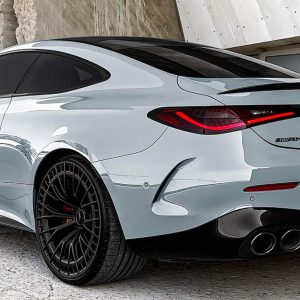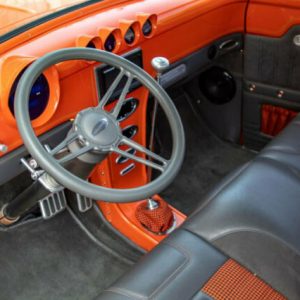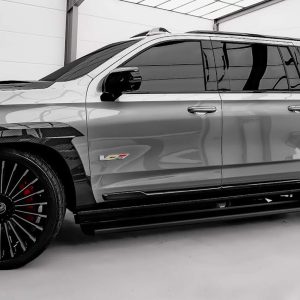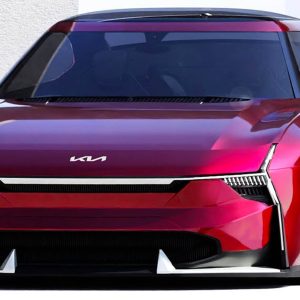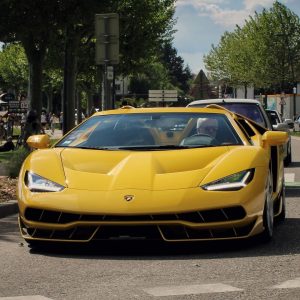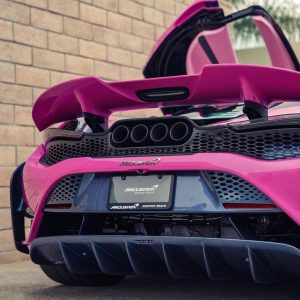London-based sculpture artist, designer, fabricator, and all-round creative Benedict Radcliffe has made a name for himself in the world of wireframed creations. From desktop Lancias to life-size beach buggies, we caught up with him to hear what he is up to.
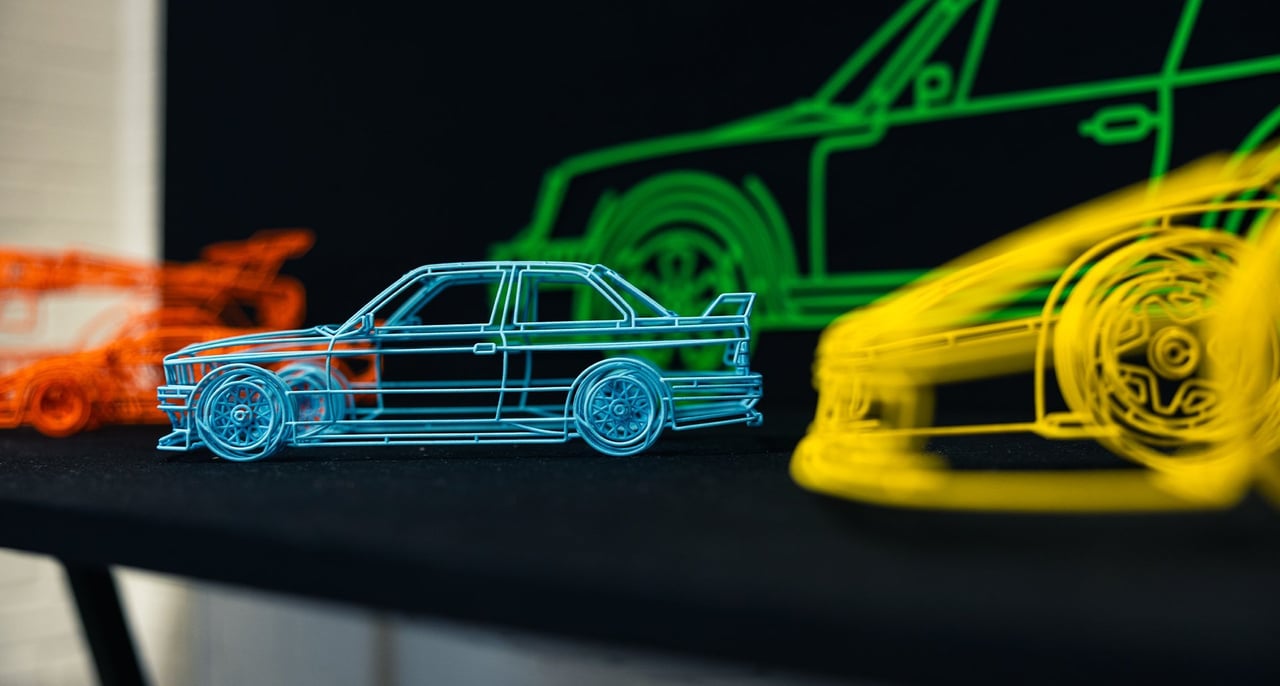
The beauty of art often goes far deeper than its visual attributes. The time it has taken the artist to bring the piece from that spark of an idea to the finished object is one that can so easily be overlooked. In the case of the hugely talented sculpture artist Benedict Radcliffe, the process is all part of the thrill. Having brought his unique creations all over the world, from Lake Como and Pebble Beach to the CD Shop, Benedict remains effortlessly cool and modest about his fame, where his passion for creation shines through brighter than any lust for recognition. We popped over to Benedict’s London studio, a real treasure trove of metal and motors, where he was more than happy to give us an inside look into how his automotive art is brought to life.
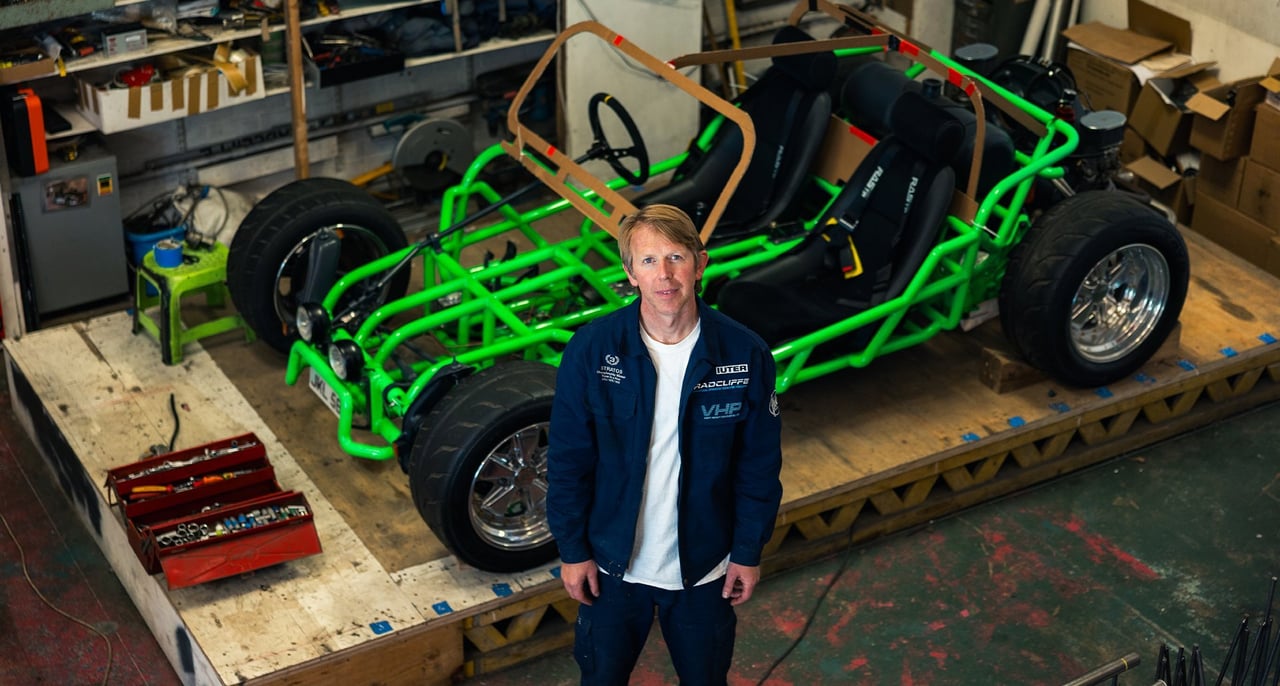
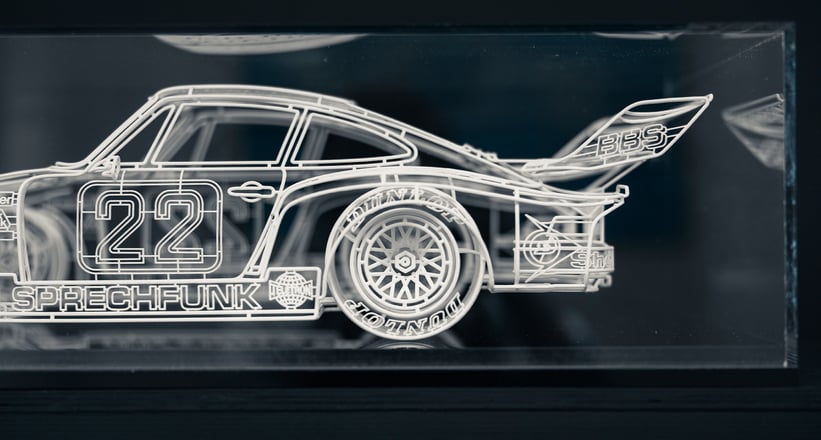
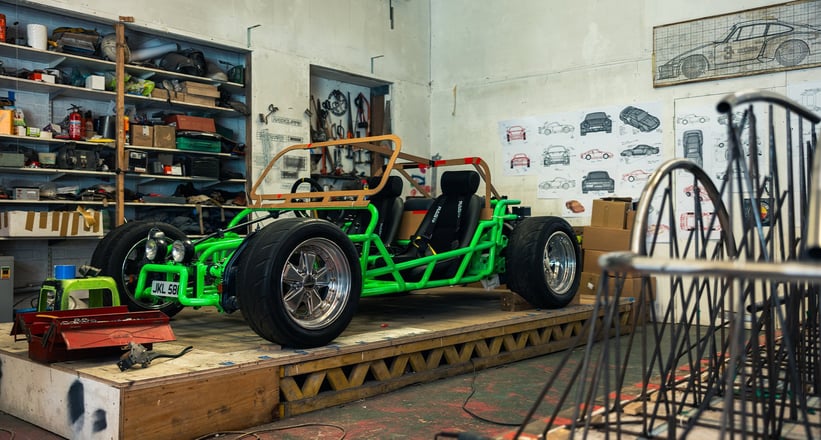
Benedict, it’s wonderful to grab some time with you and talk all things cars and art. Tell me first, where did the love of cars come from?
I blame my father! I grew up watching and helping him repair cars and motorcycles for himself and his friends. We had a large front drive in Maidstone in Kent that was filled with cars – Volkswagens, Fiats, Renaults and Toyotas. My father was an apprentice working at a lorry repair yard in Fleet Street in London, so he was a good mechanic and could do most jobs. I was in awe when I saw him and his friends take out engines with cranes, crowbars and hammers.
Likewise, did your love of art form from an early age?
Yes – my parents encouraged myself and my sisters to draw and paint. But we also had their work around the house. Beautifully repaired antique furniture and heirlooms passed down and loved, used and kept alive. My parents both went to art school and they had pieces they’d drawn or sculpted around the house. I particularly loved a greek-inspired Alabaster head my father carved – these pieces must have given me the confidence to experiment and create artworks using paint and wood from a young age.
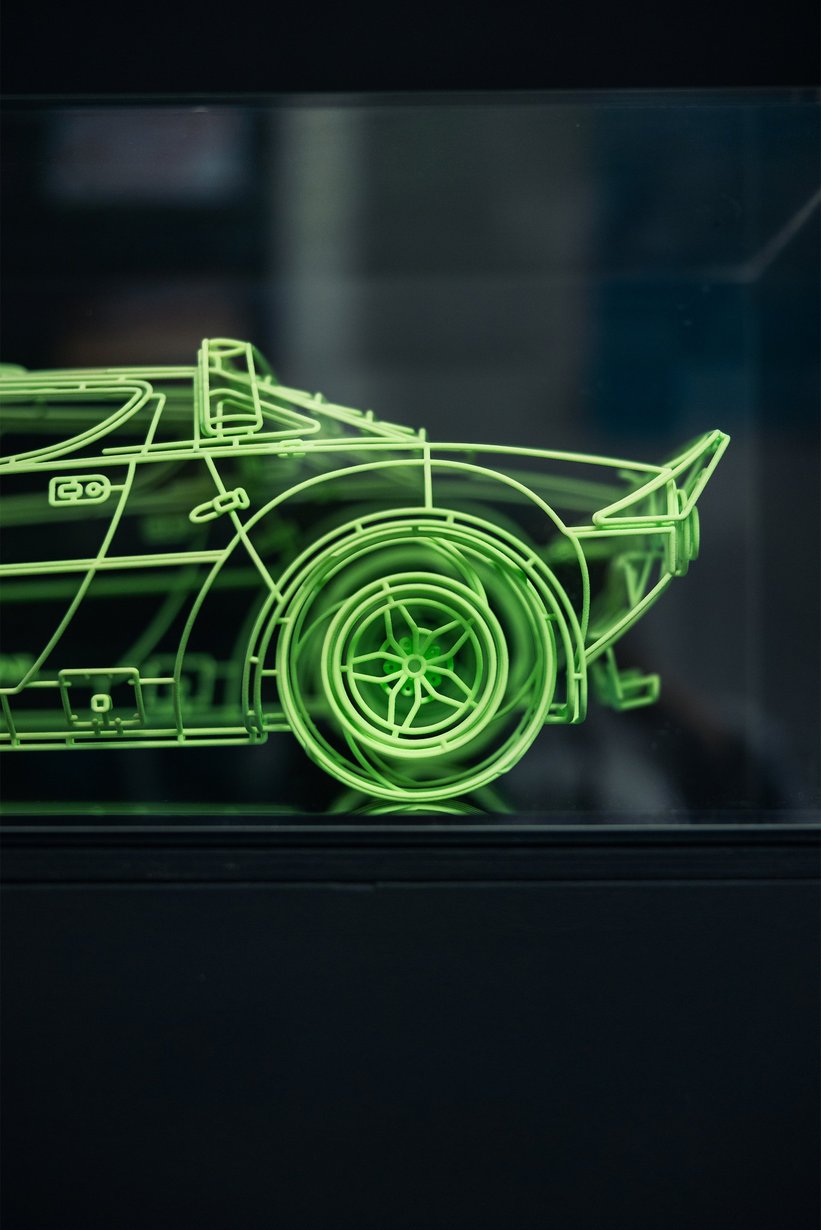
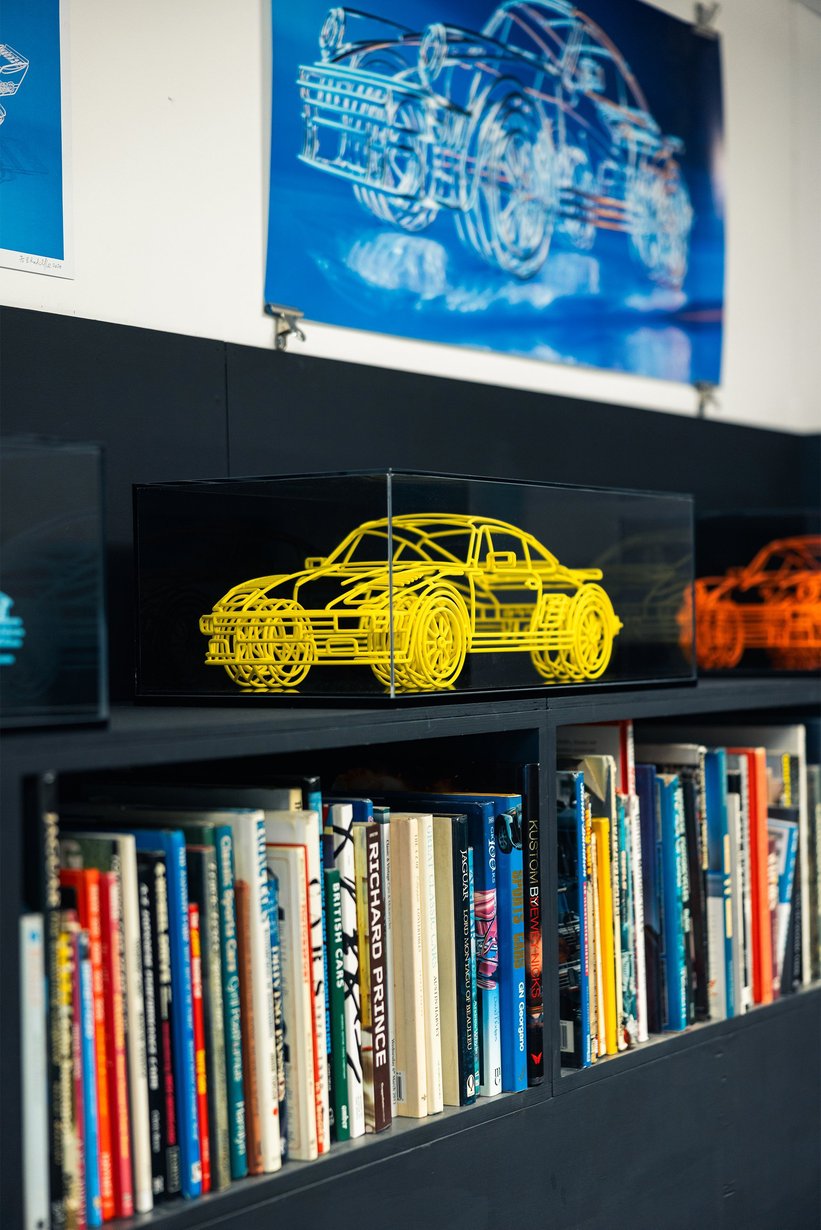
You owe a lot of your initial success to the city of Glasgow in Scotland, where you held your first exhibition. What was the classic and collector car scene like up there at the time?
I loved studying architecture at the Mackintosh School of art in Glasgow. After studying I worked with Scott Associates as an architectural fabricator. I can’t really remember too much about the car scene up there – I was more into cycling at the time and exploring the Scottish scenery by bike.
Years later you moved down south to London, where we find your workshop today. Does London still give you that same buzz as it did when you first moved there in 2007?
When I set up shop here in 2007 and 2008, Brick Lane definitely had a buzz. Banksy was very active on the streets around the City and there were lots of art galleries in the east end with private views and openings on Vyner Street and after parties in old east end warehouses. Brick Lane and Spitalfields have definitely got more touristy. Seeing groups of street art tourists kills the buzz a bit, but I still love the west end. I love going out for food or visiting galleries, and the parks of course.
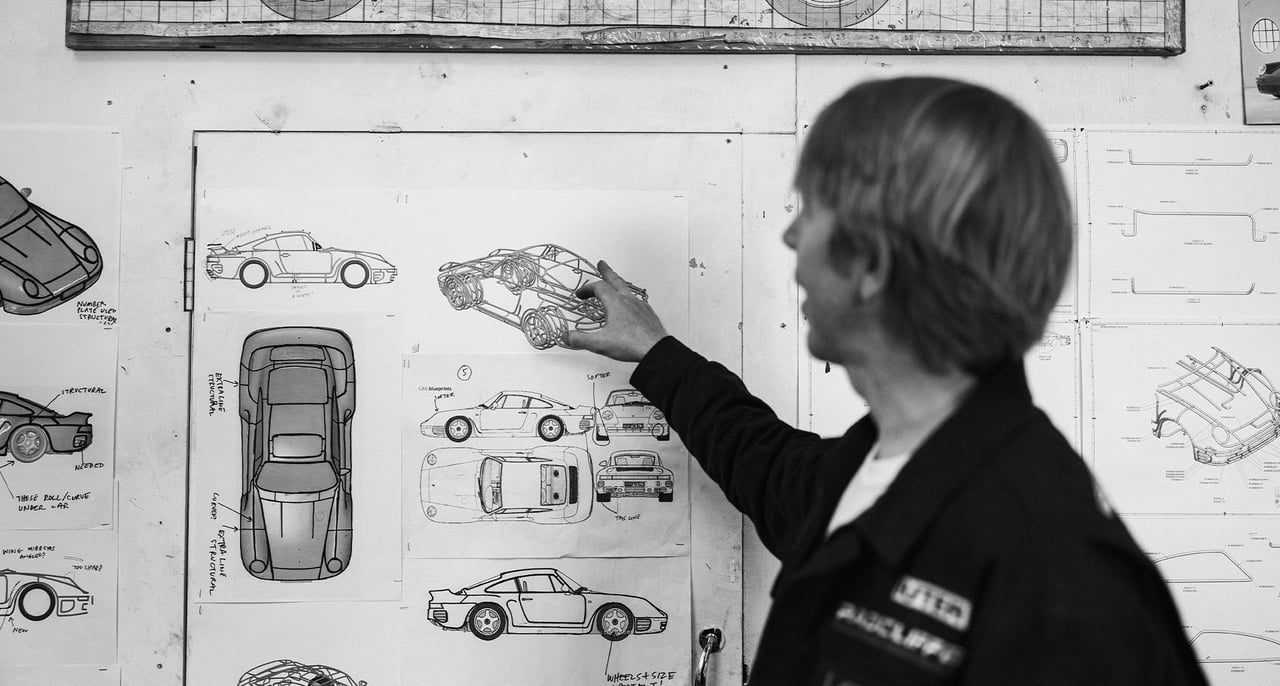
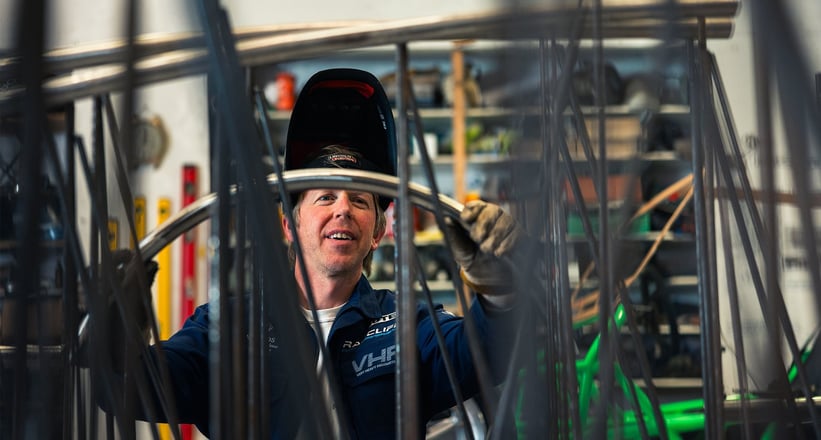
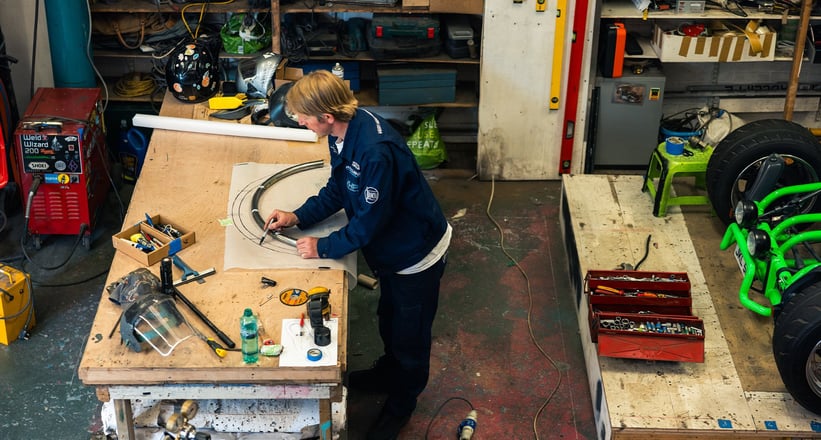
Let’s talk tubular. Your incredible sculptures truly are mesmerising, spanning 1:1 scale Porsche 934s to 1:7 scale Stratos’ making the ultimate coffee table ornament. Just how much work goes into each project?
The wireframes sculptures have become my signature artwork. The full size works like the 934 took around five months to produce. I work on every project with a small team. They are very precise 3D drawings in steel trying to describe the shape and form of a car whilst being as economical and tight as possible. We use blueprints and CAD drawings and photo references to try and capture the essence of the car. For the smaller scale sculptures we have 3D-scanned the full scale original sculpture and adapted it to a 1:15 or 1:18 scale.


Please talk us through the process of creating a full scale car using metal tubes, sketches, and a whole lot of imagination…
I have two very large datum tables in my workshop, 8ft x 20ft, these are completely flat and level. I build the cars on these tables using a process I’ve evolved over the years with a crazy grid scaffolding clamping system that holds everything together whilst it is welded together. There are sometimes two or three welders around the table. We use tow mig welders and a tig welder for the more precise areas. Once the work is complete after three or four months of fabricating, welding, grinding and polishing, the scaffolding jig is removed and the car hopefully stands up structurally on its wheels. A sweet moment after all the hard work. The work is then wet sprayed or powder coated.
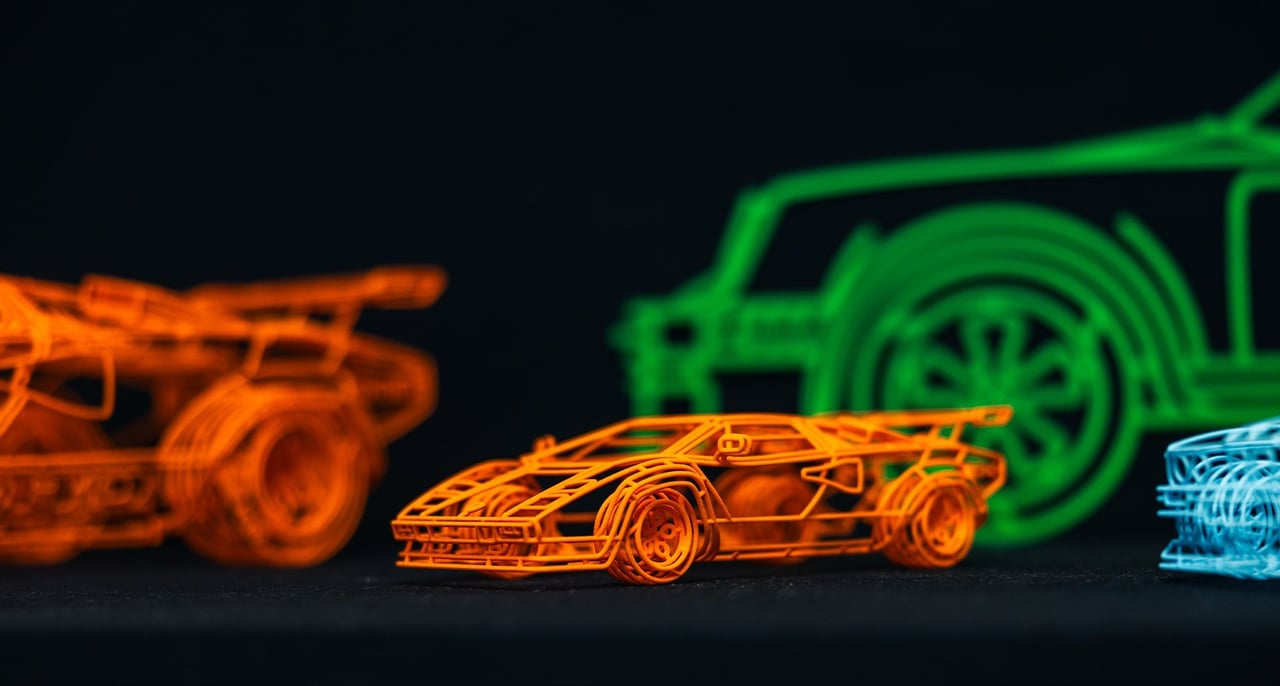
You’ve worked on projects for Toyota, Paul Smith, Nike and Rimowa, as well as showcasing your art all over the world. What has been the most memorable moment for you in your career?
As I recently saw all of the Instagram posts of the cars at Car Week in Monterey, the F40 I produced for Casa Ferrari in Pebble Beach 2022 was a wonderful experience. I made the F40 in Portland Oregon with a local team and then delivered it to Monterey. Goodwood is incredible but seeing all the cars and vibe by the sea on the golf course is just on a different level.
Is there one car you’re desperate to work your sculpturing magic on?
The McLaren F1 probably, but it will happen when it happens. I’ve been really wanting to do some figurative stuff like a 7ft ASIMO robot, a Michelin man or an astronaut. I like a challenge. I have a feeling the figurative work is going to be harder than the cars, but this is where the learning comes in and it’s fun. I worked with a Scottish artist for a while in Glasgow, Kenny Hunter. I love his work and the way he captures the human form. He’s very inspirational to me.
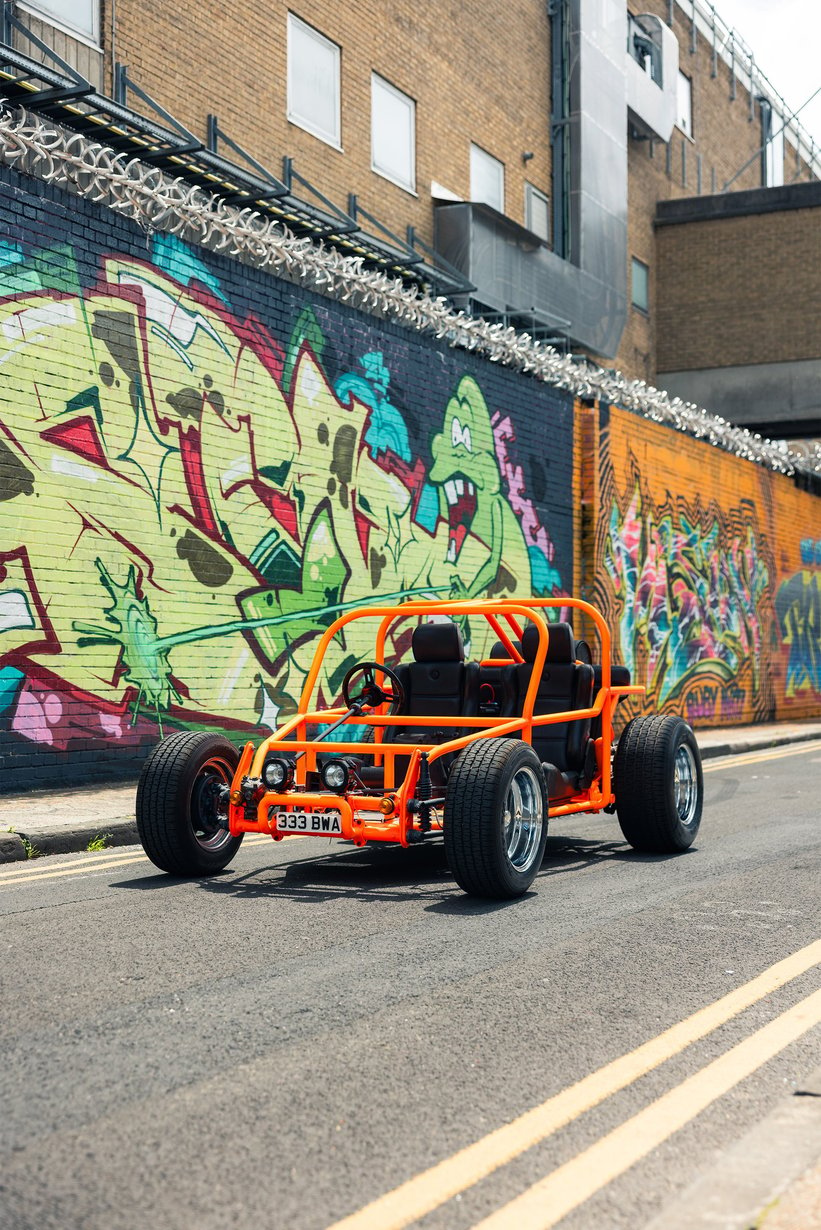

We can’t tell you the urge we have to try and squeeze inside the life-size 911 sculpture and pretend to drive. Thankfully though, you build your own take on the iconic beach buggy which can actually rip around the streets. Tell us all about this utterly bonkers creation…
I made these two buggies for the Nautilus event on Lake Como last year. They were experiments. I did do everything more or less in my workshop. The chassis were made on the two datum tables using a simplified process of how I make the car sculptures. Because of the beautiful simplicity of the VW beetle engine and running gear, me and my team could put them all together ourselves. It was all very last-minute, completing the cars for the event, and no sooner had we arrived my friend Christophe Duchess was racing them up and down the private beach: That was one way to shake them down!
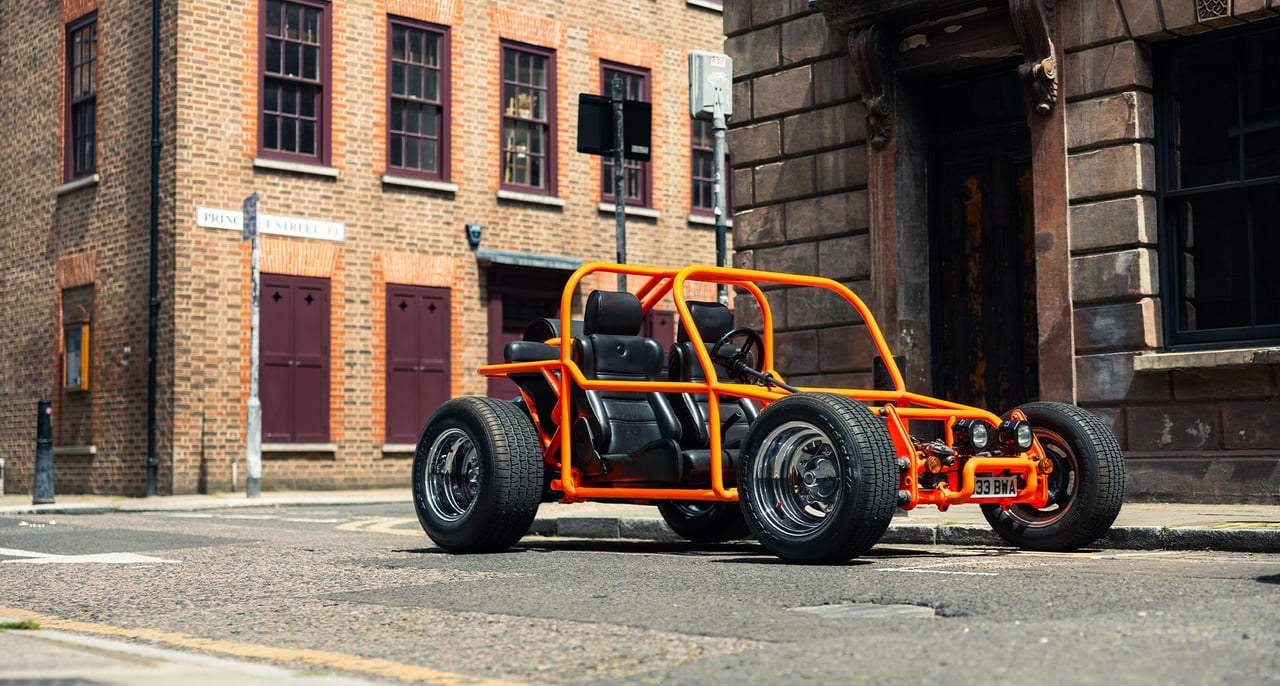
And roughly how long does it take to make one?
Four to five months. The parts are carefully curated and thought about – months or rather years looking at footage from the Baja racers and flicking through copies of Dusty Times from back in the day and trying to evolve that aesthetic. Getting things to look simple is hard work.
Other than outrageous beach cruisers, what else is in the Radcliffe garage?
My trusty Subaru Impreza has just been serviced and some of the dents been tapped out ready for a 3m fluro reflective wrap – Ive been invited to the Tutto Bene hillclimb organized by Race Service and Borreomeo deSilva and I’ve been wanting to experiment with the 3m reflective vinyl for a while. This seemed like the perfect opportunity.


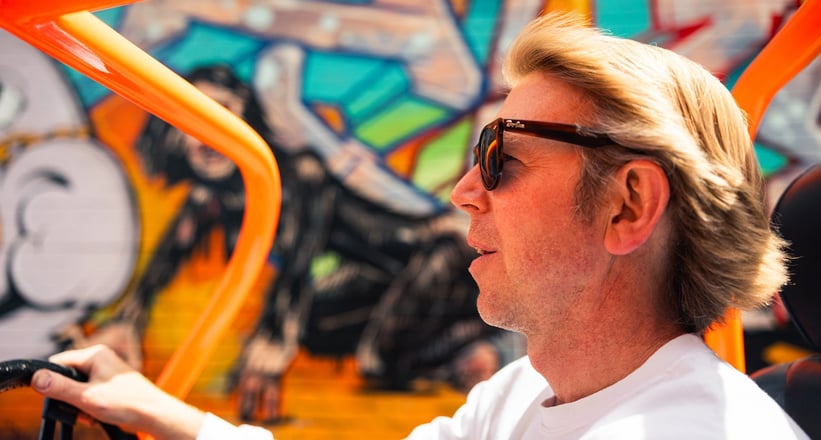
Space frames to spectacular desktop conversation starters, you really have nailed the ‘why not’ brief with your work. Can you let us into any secret projects you’re working on?
I’m still trying to produce good quality merchandise and clothing. The caps and T-shirts have been well received and I’m working with a company in Leicester to produce small run limited edition beautiful cotton quarter zips and hoodies made here in the UK which will match anything produced in the US and Canada. The samples produced so far are amazing and I’m excited about these.
Thank you for your time, and we’ll see you on the beach!
Photos by Tom Shaxson for Classic Driver 2024
